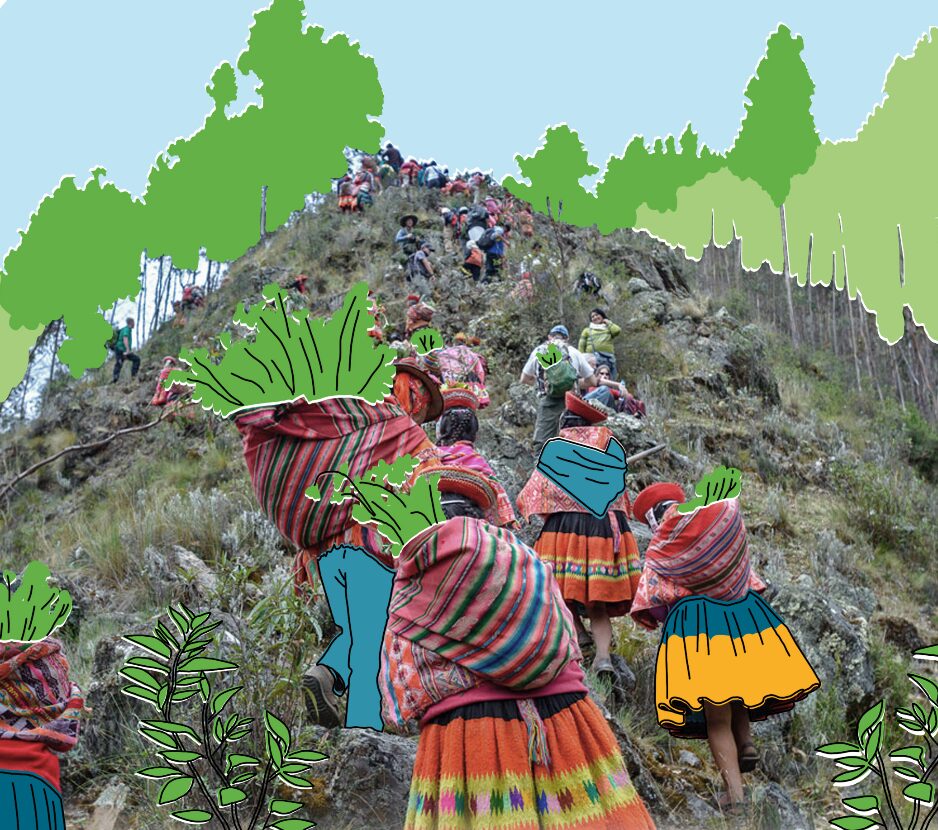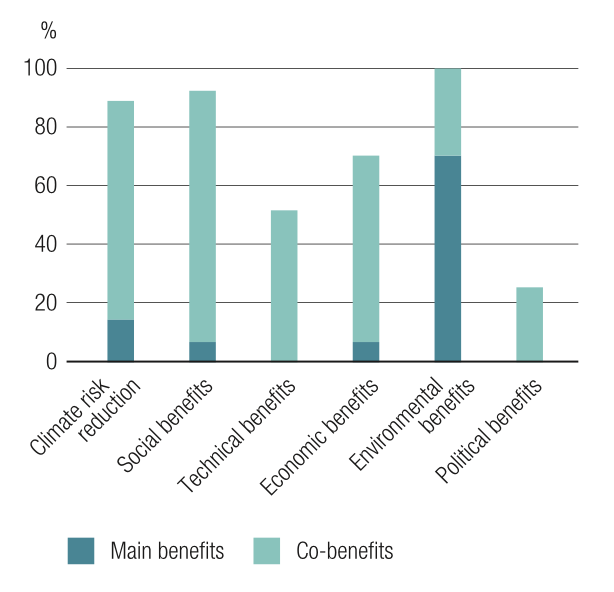Leave No Mountain Behind: The Synthesis Series – Scaling ecosystem restoration and protection: challenges and promising solutions

Mountain ecosystems are severely impacted by climate change and land degradation. Yet these ecosystems contribute greatly to the livelihoods of upstream and downstream populations by supporting water supply, timber and food production, hazard regulation, culture and tourism. Thus, to maintain these populations’ quality of life, mountain ecosystems need to be protected and restored. Ecosystem restoration and protection are among the most widely implemented nature-based solutions for adaptation, as these solutions have the capacity to counter climate change impacts and biodiversity loss while also improving social wellbeing. However, implementing these solutions in large landscapes remains challenging. Based on evidence gathered in the Adaptation at Altitude Solutions Portal, this analysis provides lessons learned that can help inform future projects.
This article is an abridged version of the original text, which can be downloaded from the right-hand column. Please access the original text for more detail, research purposes, full references, or to quote text.
Key Findings
- About one third of the solutions documented in the Adaptation at Altitude portal involve the protection or restoration of mountain ecosystems. These solutions, whose implementation started between 2000 and 2020, aim at directly or indirectly financing the protection, restoration and/or sustainable management of ecosystems. They cover areas ranging from tens to thousands of hectares, and are mainly located in Latin America and Africa with a few also in Asia.
- Changing land-use practices, education and raising awareness are some of the main activities implemented to adapt to climate change and support ecosystem restoration and protection, as reported in the portal.
- Alongside the environmental benefits and outcomes expected from restoration and protection adaptation solutions, the empowerment of local communities appears as a main social outcome. The reported adaptation solutions provide environmental benefits, including improvements in biodiversity, sustainable land use, water quality and soil maintenance, as well as reduced climate risk.

Figure 1. Prevalence of different types of benefit and co-benefit provided by ecosystem restoration and protection solutions (p.6).
- Collaboration among stakeholders across different scales, institutions and sectors was crucial for the successful coordination of the initiation, implementation and monitoring of solutions.
- Providing local communities with tools, data and infrastructure was key to sustaining the benefits produced by the solutions over the long term.
- Strong local ownership and economic sustainability are instrumental in ensuring solutions are maintained beyond the life of a project.
- Overall, ecosystem restoration and protection solutions have been successful in promoting transformative adaptation by shifting societal values, practices, and behaviours to address the root causes of climate change while mitigating its worst effects.
Further resources
- Suggested Citation:Bruley, E. (2023). Leave No Mountain Behind: The Synthesis Series – Scaling ecosystem restoration and protection: challenges and promising solutions. The Adaptation at Altitude Programme.
(0) Comments
There is no content